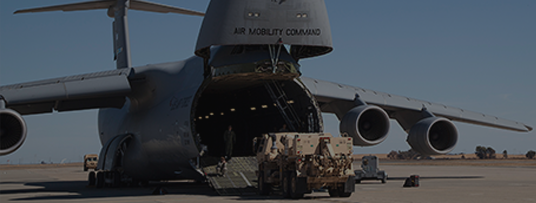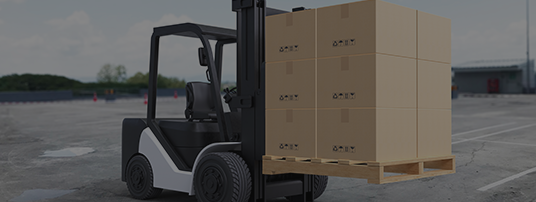Coaxial cables, often simply referred to as coax cables, have been a cornerstone of communication technology for many years. From television signals to internet connections, these components play a vital role in transmitting data efficiently and reliably. In this blog, we will explore what a coaxial cable is, its various uses, and some different types available on the market.
In essence, a coaxial cable is an electrical cable that consists of a central conductor, an insulating layer, a metallic shield, and an outer insulating layer. The central conductor, usually made of copper or aluminum, is responsible for carrying the signal. Surrounding this conductor is an insulating layer often made of plastic, which keeps the signal confined to the central conductor and prevents it from leaking out. The metallic shield, typically made of braided copper or aluminum foil, acts as a grounding layer that protects the signal from external electromagnetic interference to maintain its quality. Finally, the outer insulating layer, made of plastic or rubber, provides additional protection and durability to the cable.
The construction and capabilities of coaxial cables makes them ideal for a variety of applications in both residential and commercial settings. They are commonly used for transmitting cable television signals as an example, where their ability to carry high-frequency signals over long distances without significant signal loss is crucial. Additionally, they are widely used in internet connections, particularly in cable modems, due to their capacity to handle large amounts of data with minimal interference. Coaxial cables are also prevalent in home audio and video setups, security camera systems, and even in some telephone networks.
There are several types of coaxial cables to suit diverse purposes, one of the most common types being the RG-6 that is widely used for television and internet connections. RG-6 cables are designed to carry high-frequency signals and are known for their low signal loss and high bandwidth capabilities. Another popular type is the RG-59 cable, which is often used for low-frequency applications such as CCTV systems and older cable television setups. While RG-59 cables are less capable of handling high-frequency signals compared to RG-6 cables, they are still effective for shorter distance transmissions.
For applications requiring higher performance, the RG-11 cable is often used. These have a thicker conductor and more robust construction, allowing them to carry signals over longer distances with less signal loss compared to RG-6 and RG-59 types. RG-11 cables are commonly used in professional settings as a result of their abilities, such as in broadcasting and satellite communication systems. Additionally, there are specialized coaxial cables like hardline variants, which are used for applications requiring extremely high signal integrity, like in radio transmitters and receivers.
When selecting a coaxial cable, it is important to consider the specific requirements of an application. Aside from the particular purposes each type serves, factors such as signal frequency, distance, and environmental conditions all play a role in determining the most suitable type. For instance, outdoor installations likely require cables with additional weatherproofing and UV resistance to safeguard their functionality. Conversely, indoor setups may want to prioritize flexibility and ease of installation, opting for cables that are easier to route through walls and around corners without compromising signal quality. Additionally, fire resistance may be an important feature in commercial or residential buildings to adhere to safety regulations. With this, one can see that considering a wide range of necessities during the planning process ensures that the ultimately chosen coaxial cable will deliver optimal performance and durability in its intended environment.
In conclusion, coaxial cables are a fundamental component of modern communication systems, offering reliable and efficient signal transmission for a wide range of applications. For your communication needs, turn to Broadline NSN. We feature a wide range of coaxial cables and countless other components, everything on our website being sourced from a trustworthy manufacturer and vetted for fit, form, and function as necessary. We encourage you to peruse our database through the various catalogs that we have organized, or you can take advantage of our search engine to conduct a focused lookup with provided filters. Once you have had a chance to narrow down all that your operations require, initiating procurement with us is as simple as filling out and submitting an online Request for Quote (RFQ) form. Our representatives are available around the clock to offer competitive pricing and rapid lead times for your consideration, so do not hesitate to get in touch with us by form, phone, or email and see how we can serve you.

 The only independent
The only independent



“We Proudly Support Intrepid Fallen Heroes Fund that serves United States Military Personal experiencing the Invisible Wounds of War : Traumatic Brain Injury (TBI) and Post Traumatic Stress (PTS). Please visit website (www.fallenheroesfund.org) and help in their valiant effort”.
If You’re Ever Looking for NSN parts Or Have an Aircraft On Ground Situation, Don’t forget That We offer Competitive Pricing and Guaranteed On-Time Delivery.
Request for Quote